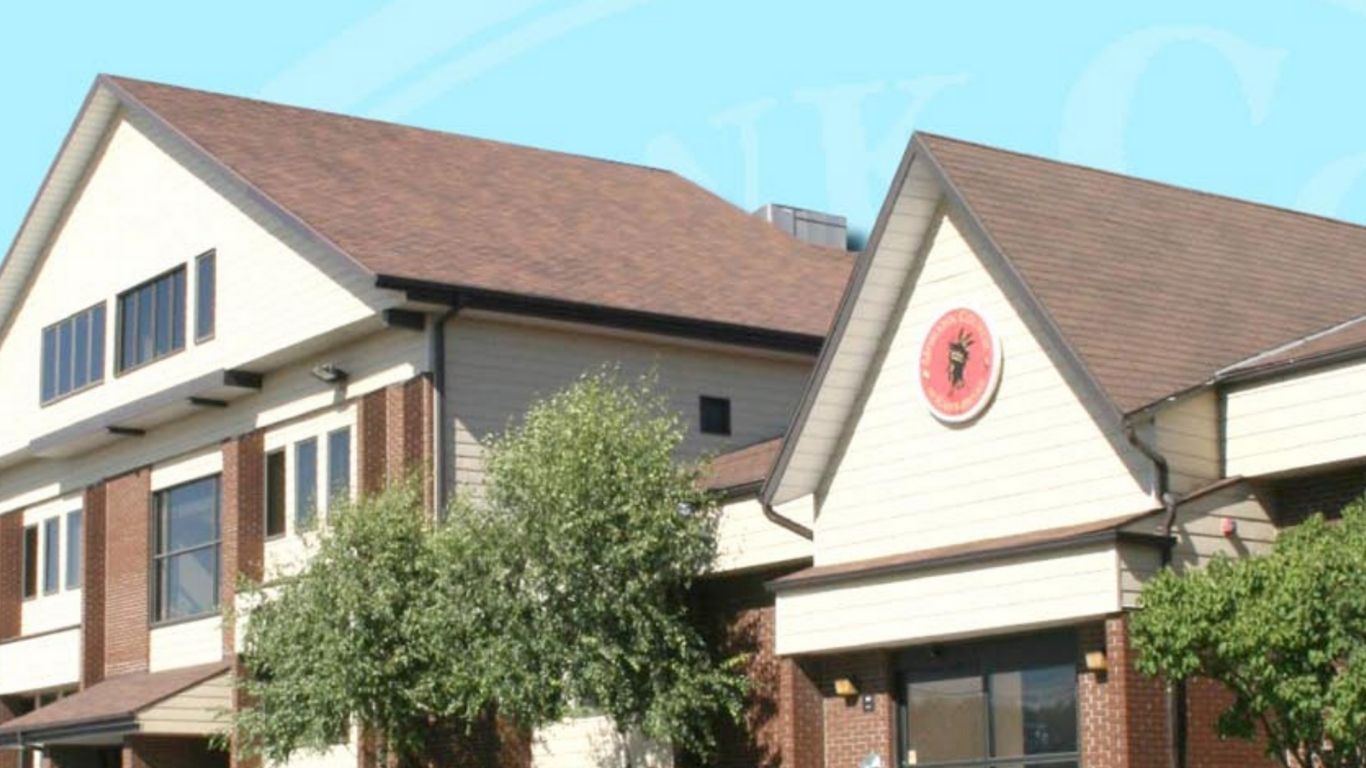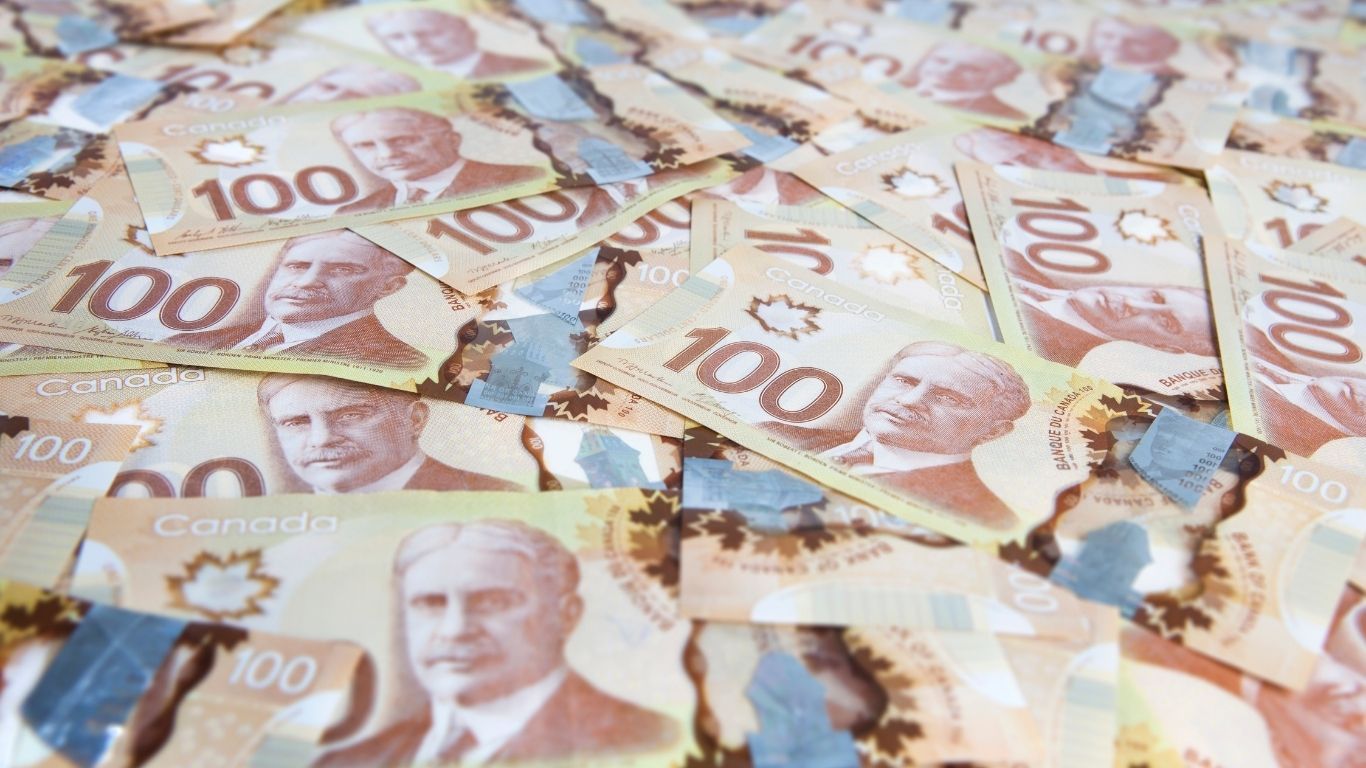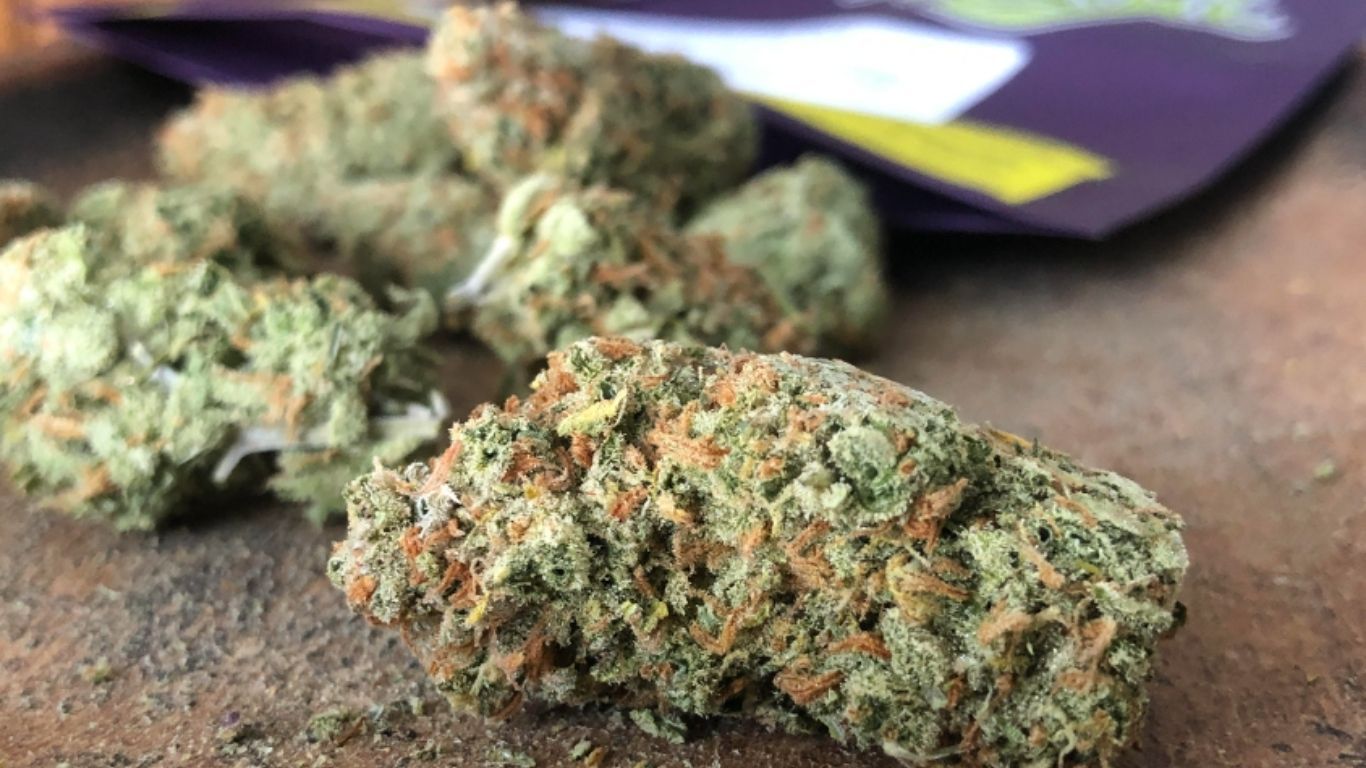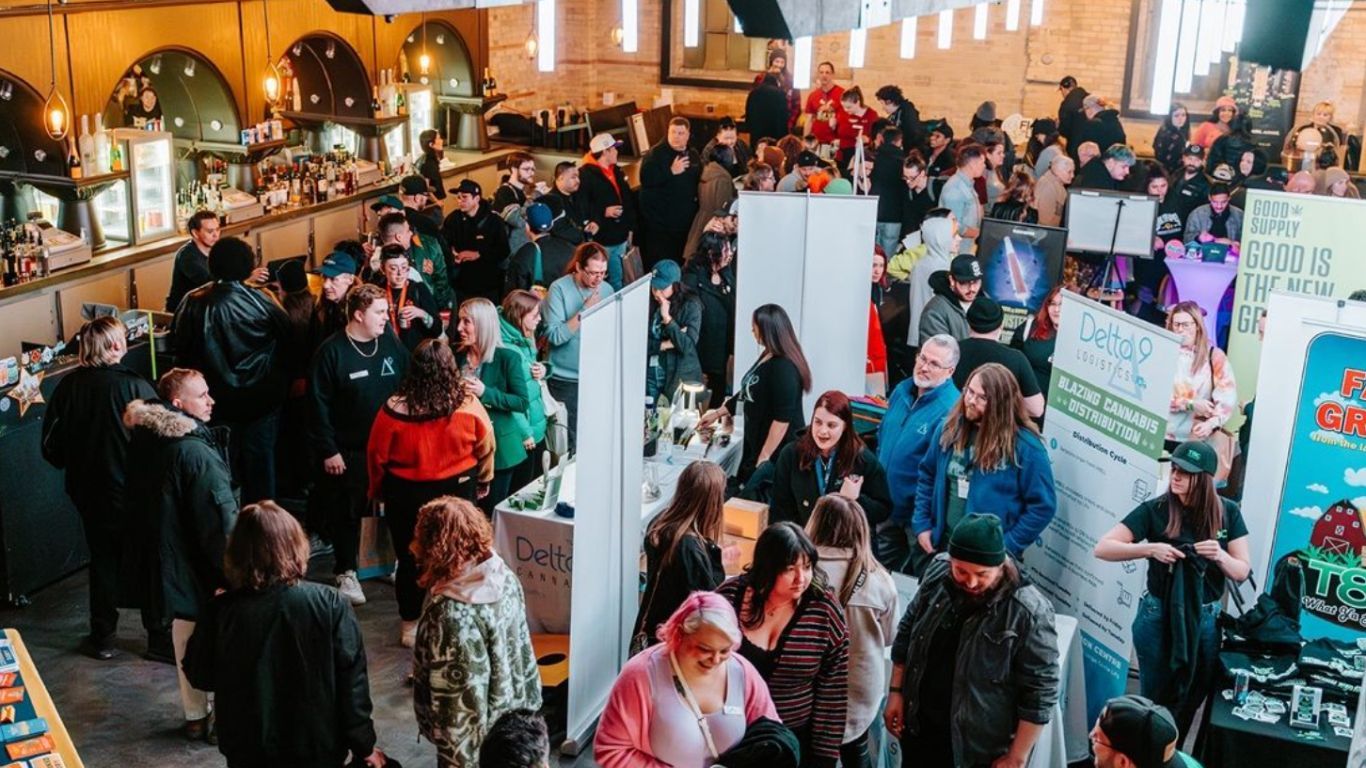
Ietsénhaienhs Tonya Perron, who has led the cannabis file for the Mohawk Council of Kahnawà:ke (MCK) for the last three years, says the process of creating cannabis regulations in Kahnawà:ke has been an act of balancing community concerns.
The MCK recently announced a memorandum with Health Canada in relation to their cannabis production regulations. Perron says the memo, which harmonizes federal and MCK cannabis production regulations, was years in the making and helps set the stage for the passage of their own production regulations.
The memorandum establishes channels of communication between the Mohawk Council and Health Canada in terms of inspections of production facilities and information sharing, as well as assisting the community in better understanding supply chain management. The MCK regulations also require that any cannabis producer must be owned by a member of the community.
The Kahnawà:ke Mohawk Territory is a First Nations reserve of the Mohawks of Kahnawá:ke on the south shore of the Saint Lawrence River in Quebec, across the river from Montreal.
Perron (Ietsénhaienhs is her formal title, loosely translated as an Elected Chief of the Kahnawà:ke First Nation), has worked on the cannabis file for MCK since 2019. In late 2018 the community passed their own Cannabis Control Law, and draft regulations to regulate production, sale, and personal medical production are expected to pass later this year.
“It’s a fine line to walk between all of those differing opinions, but that’s what makes our community so beautiful and so unique. People come from different places in the way that they think. But one thing that’s for sure is that everybody in the community definitely states that it’s up to us to decide what needs to be done here and not for anybody else to tell us what should be done here.”
Ietsénhaienhs Tonya Perron, Mohawk Council of Kahnawà:ke
In addition to production, the regulations covercannabis sales, which are proposed to be limited to three stores. Although MCK was open to harmonizing their cannabis production rules with Health Canada, Perron says there are no similar plans with the province of Quebec, which only licenses their own provincially-run cannabis stores.
“The MOU with Health Canada is an important piece in all of this, because right in our law it requires a Health Canada licence to be a cultivator or processor here,” explains Perron. “It’s not the same thing for the dispensaries. There’s no requirement for a dispensary in the community to obtain a licence or approval from Quebec. We’re not looking for approval. We’d like to have a working relationship, of course, because we do co-exist.”
“Not only are there no dispensaries in the community currently licenced by the (MCK) cannabis control board but there are also none licensed by the province of Quebec, nor will there be any. There will not be an SQDC here. That was the whole purpose of drafting our own law and regulations, to have it all regulated internally, and any type of dispensaries that may be open in the near future will be provided with a licence from our Kahnawà:ke Cannabis Control Board.”
“There are similar intentions to harmonize the objectives of our regulations with those objectives of the provincial regulations, but our law does not require a license from Quebec for our dispensaries”, she adds.
Instead, Perron says she hopes to see a carve-out in federal regulations that would allow licensed producers to sell products into cannabis stores that are regulated by a local Indigenous regulatory body. With the upcoming three year review of the Cannabis Act, she says she hopes Health Canada will be open to an amendment to address this issue of sovereignty.
“With the three year review coming up, I think it’s extremely important that either myself or one of my colleagues be at the table to push for some type of amendment that would allow for a carve-out in the federal legislation to allow for fully licensed dispensaries—regulated just as well as anywhere else, but regulated by an Indigenous community—to be able to secure that supply from LPs,” she says.
“That would not only be a solution for Kahnawà:ke, that would be a solution for all the Indigenous communities across Canada, which we refer to as Turtle Island, to be able to be provided that opportunity.”
“The whole reason for legalizing cannabis and keeping it regulated was to ensure a safe product and deter illicit activity, etc. So our law, based on those same objectives, requires that the supplier be an LP.”

Despite all these regulations to allow the community to manage cannabis production and sales, Perron also points out that there are many concerns and differing opinions within the community. While some are open to allowing the industry a foothold in their community in some fashion, others have been deeply opposed. Much of this opposition, she explains, is deeply rooted in those trying to protect the community from drug use and addiction that can arise from generational trauma that is still present today.
“The opinions of the community are from one spectrum to the other, so it’s a balancing act for the Mohawk Council of Kahnawà:ke, and even just for the community decision making process. On the one hand we have been a zero tolerance community so public policy was zero tolerance of illicit drugs. Obviously the word illicit is important because once cannabis became legal, it took it out of the illicit definition. There are a number of community members who still want it to be zero tolerance, but there’s a number of community members on the other side of the spectrum that see this as economic opportunities, a way to push jurisdictions.
“So there are very different mindsets,” she continues. “Some want it in a regulated fashion, and then there’s some obviously who don’t want it regulated, who just want the opportunity to have revenue generation from it. So you have these two diverse opinions, and then you have some people in the middle.”
“Balancing those two very different opinions at the two ends of the spectrum is essentially what you see in the cannabis control law that we enacted in 2018 and is what you will see in the draft regulations that the cannabis control board has brought together. That’s why there’s a limit of three dispensaries. That’s why Health Canada is involved in the product side—to make sure that it’s safe, to make sure that the products are legitimate, so there’s a balancing act that’s being done.
“And then we have our traditional bodies (The Longhouse), which we also have respect for, that don’t believe in mind-changers being made available to the community because mind-changers only contribute to negative behaviour and other negative elements.
“It’s a fine line to walk between all of those differing opinions, but that’s what makes our community so beautiful and so unique. People come from different places in the way that they think. But one thing that’s for sure is that everybody in the community definitely states that it’s up to us to decide what needs to be done here and not for anybody else to tell us what should be done here.
“It’s a balancing act between providing economic opportunities and revenue generation, but keeping in mind the fact that a lot of people don’t agree with this, because this is a drug, and the fear that young people will get addicted to it or it will lead to further additions with our people in general. And a lot of that goes back to what you’ve been seeing in the news lately about the residential schools and the intergenerational trauma that is still there that leads to the addictions. So there’s a lot to think of, it’s not just ‘woo hoo, it’s a new industry, let’s get involved’”












